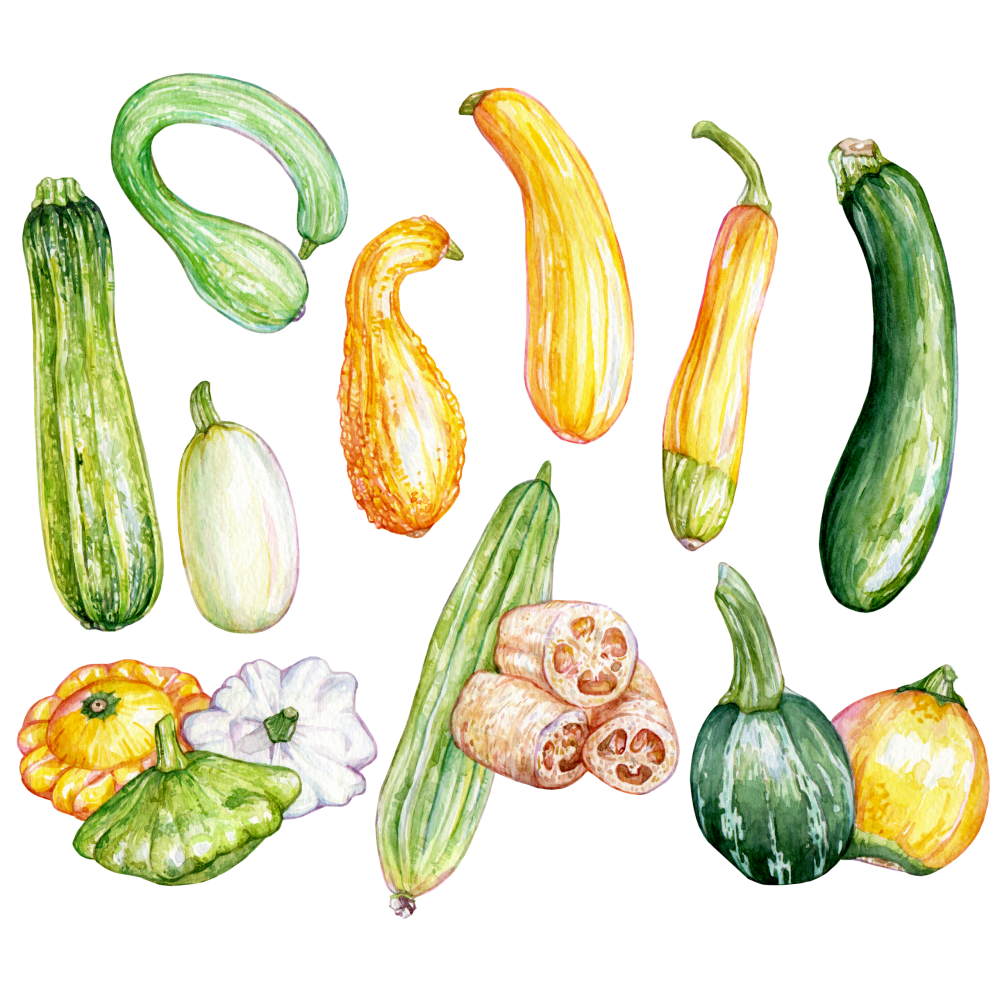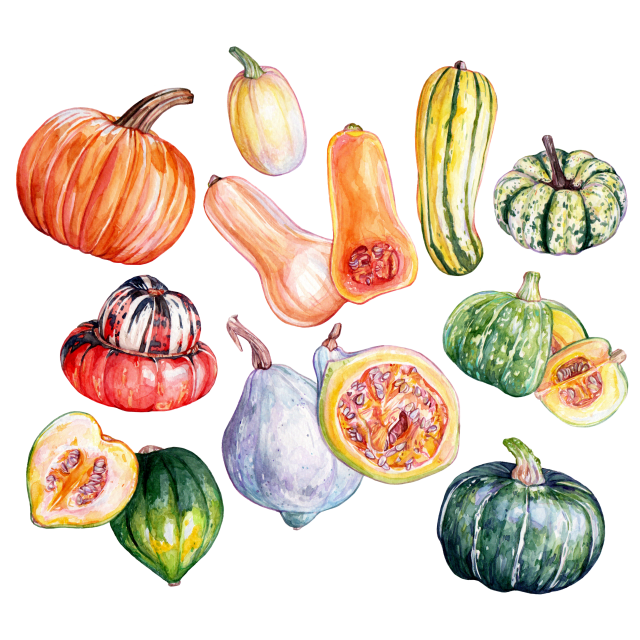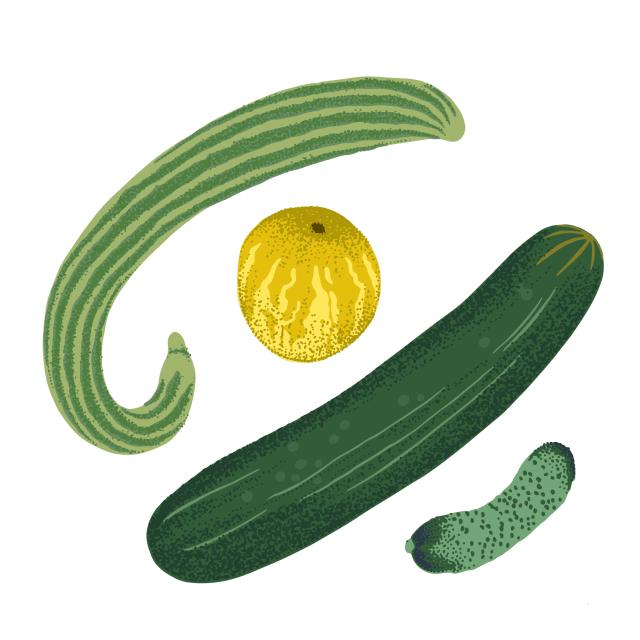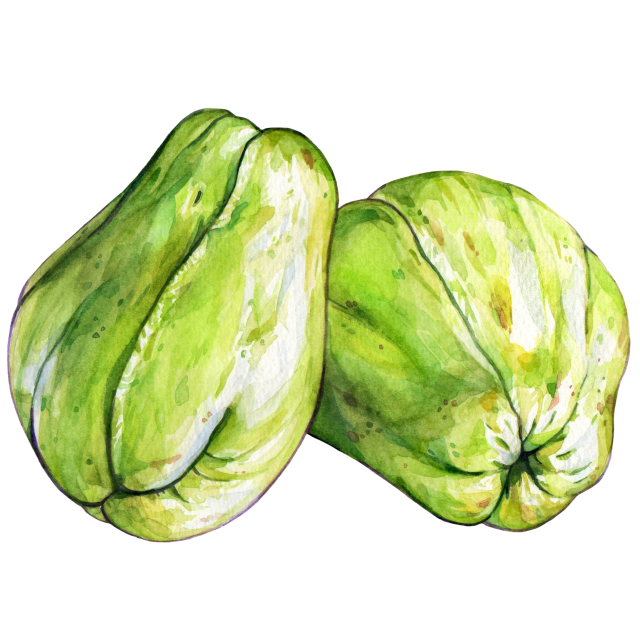Summer Squash

Latin name: Cucurbita pepo sbsp. pepo, C. moschata
Other names: zucchini, courgette, crookneck, pattypan, baby marrow, hobak, calabacita
Uses: vegetable
What is summer squash?
These cucumber family members are typically available year-round; “summer squash” just refers to the squashes that can’t be stored like winter squash (and are a summer crop in temperate climates). Summer squashes have edible blossoms that can be found at farmers’ markets and gourmet green grocers during the summer.
Why is summer squash healthy?
Summer squash are good sources of vitamins A and C, potassium, fiber, and their seeds contain many disease fighting phytonutrients. Eating squash can help support heart health, reduce inflammation, improve digestion, and protect against diabetes.
What does summer squash taste like?
Summer squash has a mild, slightly sweet, grassy flavor (the aroma intensifies with wet cooking) and a faint bitterness at the skin. The texture of summer squash is firm yet tender when young, and as they age the skin becomes tougher and the center pithier.
How do I use summer squash?
You can prepare them using any cooking method; they’re as lovely grilled over open flame as they are pickled or stewed into silk. Overgrown specimens tend to have punky interiors that aren’t very good, but these cudgels can still be salvaged — scoop out and discard the spongy core, then either shred the squash for breads and pancakes (you can freeze shredded zucchini for later), or stuff the squash with savory fillings like rice and cheese and bake in a tomato sauce. Squash blossoms are divine with herbed farmer cheese or ricotta, battered, and then fried.
Use a spiral slicer to make gluten-free “noodles” (or “zoodles”) from summer squash — for best results, leave the skins on and blanch them in salted water to maintain an al dente texture. Toss them with your favorite pesto or a roasted cherry tomato sauce, and don’t be afraid to mix zoodles with regular pasta.
What does summer squash pair well with?
Summer squashes love other summer flavors — tomatoes, eggplant, corn, basil, marjoram, and oregano, sweet and hot peppers — as well as cheese (especially fresh cheeses and Parmesan), eggs, alliums, butter, and olive oil. Some combination of these ingredients is most common in Mediterranean dishes but also Mesoamerican, in chunky succotash-type side dishes with tomatoes or cheese sauce, and Korean, in fritters and savory pancakes.
Where does summer squash grow?
All squash species originated in Mexico and Central America — along with beans and corn, squash is one of the Three Sisters of the indigenous American diet. The main garden varieties are zucchini, crookneck and straightneck squash, and pattypans, though Mexican grey squash and Korean hobak (plus tons of heirloom varieties) are becoming more available from nurseries and seed companies.
How to buy summer squash:
When selecting summer squash, look for firm specimens with tender skin and no soft spots, and use them within a week. Larger squash (like bowling pin-sized zucchini) will tend to be pulpy inside, with bigger seeds, and make less good eating.
Fun summer squash fact:
Following World War II, zucchini became a staple of the American garden, and like childbirths, zucchini recipes boomed mid-century. One of the most enduring, for zucchini bread, popped up with the health food movement of the 1970s, after the decidedly cake-like recipe appeared in James Beard’s Beard on Bread (1973).





